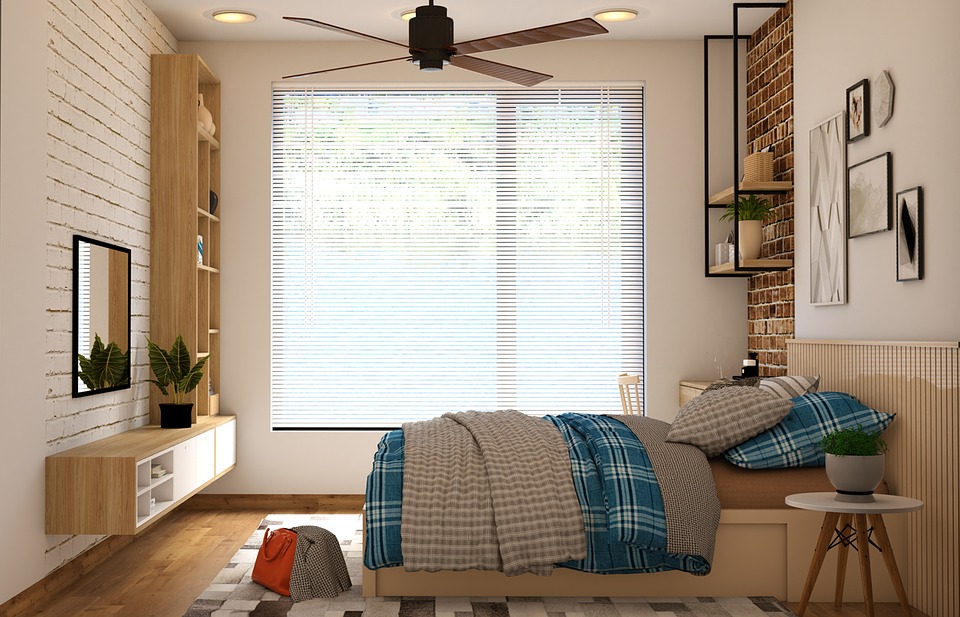Whenever we near a new season, we start to wonder what the best temperature is for interior comfort.
What is the best temperature to keep your central air on during summer? The temperature at which you feel most comfortable, without physical signs of sweat or chill, but also one that is feasible for your budget.
What about your ceiling fan? What about when you’re asleep? These are all valid questions that we will answer in this blog post.
It is essential to understand the principles of thermal comfort to make sure your home is as comfortable as possible, no matter what season it is!
What is Thermal Comfort?
There are four main variables that impact thermal comfort: air temperature, mean radiant temperature, humidity, and airspeed. Let’s take a closer look at each one.
Many individuals believe the ideal air temperature for thermal comfort is between 77-82 degrees Fahrenheit.
Mean radiant temperature (MRT) is the average temperature of the surfaces around you. Mean radiant temperature impacts comfort by affecting heat loss from the body by radiation. Surprisingly, our bodies lose 65% of heat through radiation. The ideal MRT is between 68-76 degrees Fahrenheit.
The ideal humidity level for thermal comfort is between 30-60%.
Airspeed is how fast air is moving around you. The faster the air moves, the more evaporative cooling occurs and the drier you feel.
These variables interact with each other to impact your overall thermal comfort. For example, if the airspeed is high but the humidity is low, you will feel much cooler than if the humidity was high because evaporation cools you down.
Should I Change Home Temperature at Night?
The answer to this question is a resounding yes! The recommended temperature for sleep is between 60-67 degrees Fahrenheit. This may seem chilly, but it’s actually the ideal temperature for sleep because it allows your body to reach its natural dip in core temperature.
Sleeping in a cool environment helps promote deep and restful sleep, which is partly why you wake up feeling well-rested. Your skin’s temperature naturally drops at night, making you feel sleepy. According to a study conducted by Stanford University, lowering the temperature in your bedroom can help you fall asleep faster and help you sleep more soundly. So, if you’re having trouble sleeping, consider raising the temperature in your house before bedtime.
Should I Use Ceiling Fans All Year?
Ceiling fans are a great way to improve the comfort of your home no matter what season it is. In the summer, ceiling fans can make you feel up to 8 degrees cooler by creating a wind-chill effect. While 8 degrees seems like a small increment, it’s quite a difference when it comes to your comfort.
In the winter, you can reverse the direction of your ceiling fan so that it pushes warm air down from the ceiling. This will help distribute heat more evenly and help prevent heat from escaping through the roof as rapidly as it would without forced-air pushing it downward.
Will Servicing My Heating and Cooling Maintain Efficiency?
Yes! Servicing your heating and cooling systems on a regular basis will help maintain efficiency and improve comfort year-round.
A well-maintained HVAC system will not only improve your comfort but can also save you money on your energy bills.
Our specialists can also offer tips to help prevent excessive wear on your system. One of the common errors we see is people who set their thermostats up when they are away or during the work day to save energy in the hot summer months or during heat waves.
While this can save some energy costs, if you set the thermostat more than 3 degrees above your home’s average temperature, your system will have to work three times as hard to get back to your comfort level. All the humidity that was previously removed will also have built back up and need to be removed once again.
Prevent this by keeping your thermostat within a 2 degree difference or less whether you are home or away.
If you have any questions about the best temperature for your home, or if you would like to schedule a consultation with one of our comfort specialists, contact us today! We’ll be happy to help you find the perfect solution for your home.
